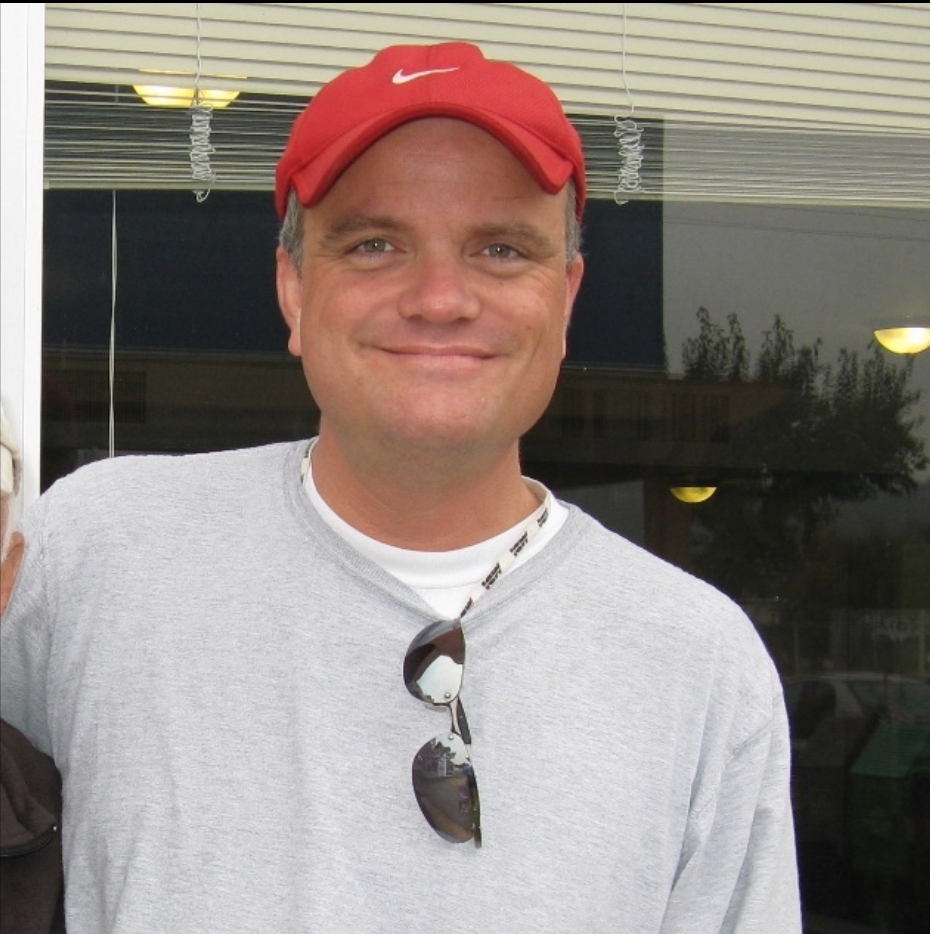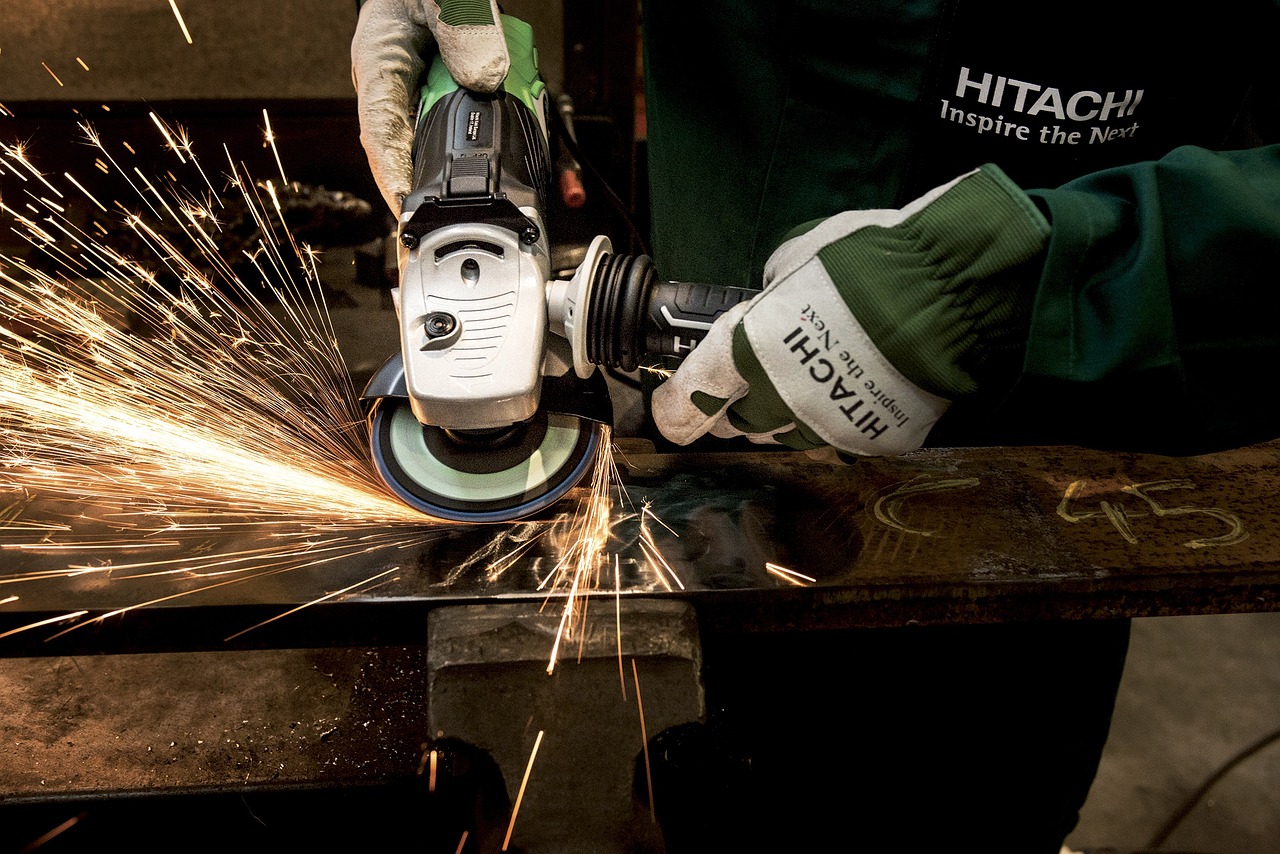Business
Christopher Dengler: Pioneering the Future of Web Services and .NET

Big players in tech have dramatically changed our lives for the better. Now we have systems and products that can do the most magical things possible. From computers to the World Wide Web, the pace of innovation in technology continues to increase every decade. Certain individuals stand out for their groundbreaking contributions that shape the way we interact with digital systems. One such luminary is Christopher Dengler, a former Senior Software Engineer at Microsoft Corporation. His impact on the world of technology is most notably recognized through his pivotal role in the development of Web Services and SOAP, integral components of the widely used .NET framework.
Microsoft Involvement:
Christopher’s journey into the world of technology began at Microsoft in 1996, and later with a Microsoft Certified Solution Developer (MCSD) credential in 1998. He quickly found himself at the forefront of innovation as a member of the Platform Strategy Group, a pet project initiated by the founder, Bill Gates. Initially, the two man team’s mission was to explore ways to enable disparate systems to communicate in real-time or near real-time over the Internet, laying the foundation for what would become SOAP and Web Services.
Christopher played a crucial role in the prototype work for Bill Gates and Steve Ballmer, actively contributing to the development of SOAP and Web Services between 1998 and 2001. This groundbreaking initiative aimed to create a standardized method for different software applications to communicate with each other seamlessly, a concept that has since become ubiquitous in modern technology.
The Birth of SOAP and Web Services:
In 1998, Christopher, as part of the Platform Strategy Group along with some notable technology leaders, embarked on a mission that would redefine the way systems communicated over the Internet. Their goal was to develop a protocol that allowed for real-time communication between disparate systems. The result of their efforts was SOAP (Simple Object Access Protocol) and Web Services.
SOAP became the cornerstone of Microsoft’s .NET framework, providing a standardized protocol for exchanging structured information in web services. This breakthrough allowed for interoperability between applications running on different platforms and languages, fostering a new era of seamless integration in the digital landscape.
His instrumental role in launching the first SOAP Toolkit via Microsoft in 1999 marked a significant milestone in the adoption of Web Services. This toolkit provided developers with the necessary tools to implement SOAP in their applications, further accelerating the widespread use of this transformative technology.
Impact on Industry Giants:
Christopher’s contributions have left an indelible mark on the technology landscape, with Web Services and SOAP becoming integral components of systems across various industry segments. Large corporations, including Amazon, eBay, Sony, Verizon, Volkswagen, Trans World Entertainment Corporation, Honeywell, US Airways, Costco, PetSmart, and American Express, have all benefited from Dengler’s groundbreaking work. The reality is, pretty much EVERY company in the world benefits from this technology now.
As the Chief Software Architect for US Airways, Christopher Dengler undertook a monumental task—overhauling the entire infrastructure, design, and functionality of usairways.com. This transformation marked US Airways’ initial foray into Service Oriented Architecture (SOA), a methodology that enhances flexibility and scalability by organizing software components as reusable services.
He adopted an innovative approach, and by introducing his expertise in SOA he succeeded in a total reconstruction of both the back end and front end of usairways.com. This project showcased his ability to not only conceptualize and design sophisticated architectures but also to implement them successfully in real-world scenarios.
Greenhouse: Microsoft’s Internal Idea Generation Tool:
Dengler played a key role in creating the architecture for Microsoft’s internal “Idea Generation Tool” called “Greenhouse.” This tool, conceived under Christopher’s guidance, delivered innovative ideas directly to Ballmer and was subsequently cultivated through various teams within Microsoft.
This innovative solution offered opportunities for individuals in one group to participate in possible future features in another group. Testing team members from Windows Media, for example could participate in dreaming up new features for Microsoft Outlook.
Dengler’s involvement in Greenhouse demonstrated his capacity to blend creativity with technological acumen, fostering an environment for generating and nurturing groundbreaking ideas within a tech giant like Microsoft.
Continued Influence and Industry Recognition:
Throughout his career, Christopher Dengler held numerous high-profile positions, including Chief Technology Officer (CTO), Chief Information Officer (CIO), architect, and Vice President. His dedication to pushing the boundaries of technology is evident not only in the creation of SOAP and Web Services but also in his ability to envision and implement novel solutions.
Dengler’s influence extended beyond Microsoft, as he was invited to participate as a member of the Board of Advisors for what would later become Amazon Web Services (AWS). This recognition speaks volumes about his expertise and foresight, as AWS has become a pivotal player in cloud computing and web services.
His legacy in the world of technology is firmly rooted in his pioneering work on Web Services and SOAP. His role in the creation of these fundamental technologies has not only shaped the .NET framework but has also become a linchpin in the way systems communicate globally. Christopher’ ability to innovate and drive technological advancements is evident in his contributions to US Airways, Microsoft’s Greenhouse, and his continued influence in the industry.
As we navigate a digital era dominated by interconnected systems, the impact of Christopher Dengler’s work reverberates through the billions of devices worldwide that rely on Web Services and SOAP. His story is a testament to the transformative power of individuals who dare to dream big, challenge the status quo, and leave an enduring imprint on the ever-evolving landscape of technology.
Business
13 Reasons Investors Are Watching Phoenix Energy’s Expansion in the Williston Basin

As energy security becomes a growing priority in the United States, companies focused on domestic oil production are gaining attention from investors. One such company is Phoenix Energy, an independent oil and gas company operating in the Williston Basin, a prolific oil-producing region spanning North Dakota and Montana.
Phoenix Energy has established itself as a key player in this sector, expanding its footprint while offering structured investment opportunities to accredited investors. Through Regulation D 506(c) corporate bonds, the company provides investment options with annual interest rates ranging from 9% to 13%.
Here are 13 reasons why Phoenix Energy is attracting investor interest in 2025:
1. U.S. energy production remains a strategic priority
The global energy landscape is evolving, with a renewed focus on domestic oil and gas production to enhance economic stability and reduce reliance on foreign energy sources. The Williston Basin, home to the Bakken and Three Forks formations, continues to play a critical role in meeting these demands. Phoenix Energy has established an operational footprint in the basin, where it is actively investing in development and production.
2. Investment opportunities with fixed annual interest rates
Phoenix Energy bonds offer accredited investors annual interest rates between 9% and 13% through Regulation D 506(c). These bonds help fund the company’s expansion in the Williston Basin, where it acquires and develops oil and gas assets.
3. Record-breaking drilling speeds in the Williston Basin
Phoenix Energy has made significant strides in drilling efficiency, ranking among the fastest drillers in the Bakken Formation as of late 2024. By reducing drilling times, the company aims to optimize operations and improve overall production performance.
4. Expansion of operational footprint
Since becoming an operator in September 2023, Phoenix Energy has grown rapidly. As of March 2025, the company has 53 wells drilled and 96 wells planned over the next 12 months.
5. Surpassing production expectations
Phoenix Energy’s oil production has steadily increased. By mid-2024, its cumulative production had exceeded 1.57 million barrels, outpacing its total output for 2023. The company projected an exit rate of nearly 20,000 barrels of oil equivalent per day by the end of March 2025.
6. High-net-worth investor offerings
For investors seeking alternative investments with higher-yield opportunities, Phoenix Energy offers the Adamantium bonds through Reg D 506(c), which provides corporate bonds with annual interest rates between 13% and 16%, with investment terms ranging from 5 to 11 years, and a minimum investment of $2 million.
7. Experienced team with industry-specific expertise
Phoenix Energy’s leadership and technical teams include professionals with decades of oil and gas experience, including backgrounds in drilling engineering, land acquisition, and reservoir analysis. This level of in-house expertise supports the company’s ability to evaluate acreage, manage operations, and execute its long-term development plans in the Williston Basin.
8. Focus on investor communication and understanding
Phoenix Energy prioritizes clear investor communication. The company hosts webinars and provides access to licensed professionals who walk investors through the business model and operations in the oil and gas sector. These efforts aim to help investors better understand how Phoenix Energy deploys capital across mineral acquisitions and operated wells.
9. Managing market risk through strategic planning
The energy sector is cyclical, and Phoenix Energy takes a structured approach to risk management. The company employs hedging strategies and asset-backed financing to help mitigate potential fluctuations in the oil market.
10. Commitment to compliance
Phoenix Energy conducts its bond offerings under the SEC’s Regulation D Rule 506(c) exemption. These offerings are made available exclusively to accredited investors and are facilitated through a registered broker-dealer to support adherence to federal securities laws. Investors can review applicable offering filings on the SEC’s EDGAR database.
11. Recognition for business practices
As of April 2025, Phoenix Energy maintains an A+ rating with the Better Business Bureau (BBB) and is a BBB-accredited business. The company has also earned strong ratings on investor review platforms such as Trustpilot and Google Reviews, where investors often highlight clear communication and transparency.
12. A family-founded business with a long-term vision
Led by CEO Adam Ferrari, Phoenix Energy operates as a family-founded business with a focus on long-term investment strategies. The company’s leadership emphasizes responsible growth and sustainable development in the Williston Basin.
13. Positioned for long-term growth in the oil sector
With U.S. energy demand projected to remain strong, Phoenix Energy is strategically positioned for continued expansion. The company’s focus on efficient drilling, financial discipline, and structured investment offerings aligns with its goal of building a resilient and growth-oriented business.
Final thoughts
For investors looking to gain exposure to the U.S. oil and gas sector, Phoenix Energy presents an opportunity to participate in a structured alternative investment backed by the company’s operational expansion in the Williston Basin.
Accredited investors interested in learning more can attend one of Phoenix Energy’s investor webinars, which are hosted daily throughout the week. These sessions provide insights into market trends, risk management strategies, and investment opportunities.
For more information, visit the Phoenix Energy website.
Phoenix Capital Group Holdings, LLC is now Phoenix Energy One, LLC, doing business as Phoenix Energy. The testimonials on review sites may not be representative of other investors not listed on the sites. The testimonials are no guarantee of future performance or success of the Company or a return on investment. Alternative investments are speculative, illiquid, and you may lose some or all of your investment. Securities are offered by Dalmore Group member FINRA/SIPC. Dalmore Group and Phoenix Energy are not affiliated. See full disclosures.
This article contains forward-looking statements based on our current expectations, assumptions, and beliefs about future events and market conditions. These statements, identifiable by terms such as “anticipate,” “believe,” “intend,” “may,” “expect,” “plan,” “should,” and similar expressions, involve risks and uncertainties that could cause actual results to differ materially. Factors that may impact these outcomes include changes in market conditions, regulatory developments, operational performance, and other risks described in our filings with the U.S. Securities and Exchange Commission. Forward-looking statements are not guarantees of future performance, and Phoenix Energy undertakes no obligation to update them except as required by law.
-

 Tech4 years ago
Tech4 years agoEffuel Reviews (2021) – Effuel ECO OBD2 Saves Fuel, and Reduce Gas Cost? Effuel Customer Reviews
-

 Tech6 years ago
Tech6 years agoBosch Power Tools India Launches ‘Cordless Matlab Bosch’ Campaign to Demonstrate the Power of Cordless
-

 Lifestyle6 years ago
Lifestyle6 years agoCatholic Cases App brings Church’s Moral Teachings to Androids and iPhones
-

 Lifestyle4 years ago
Lifestyle4 years agoEast Side Hype x Billionaire Boys Club. Hottest New Streetwear Releases in Utah.
-

 Tech6 years ago
Tech6 years agoCloud Buyers & Investors to Profit in the Future
-

 Lifestyle5 years ago
Lifestyle5 years agoThe Midas of Cosmetic Dermatology: Dr. Simon Ourian
-

 Health6 years ago
Health6 years agoCBDistillery Review: Is it a scam?
-

 Entertainment6 years ago
Entertainment6 years agoAvengers Endgame now Available on 123Movies for Download & Streaming for Free
